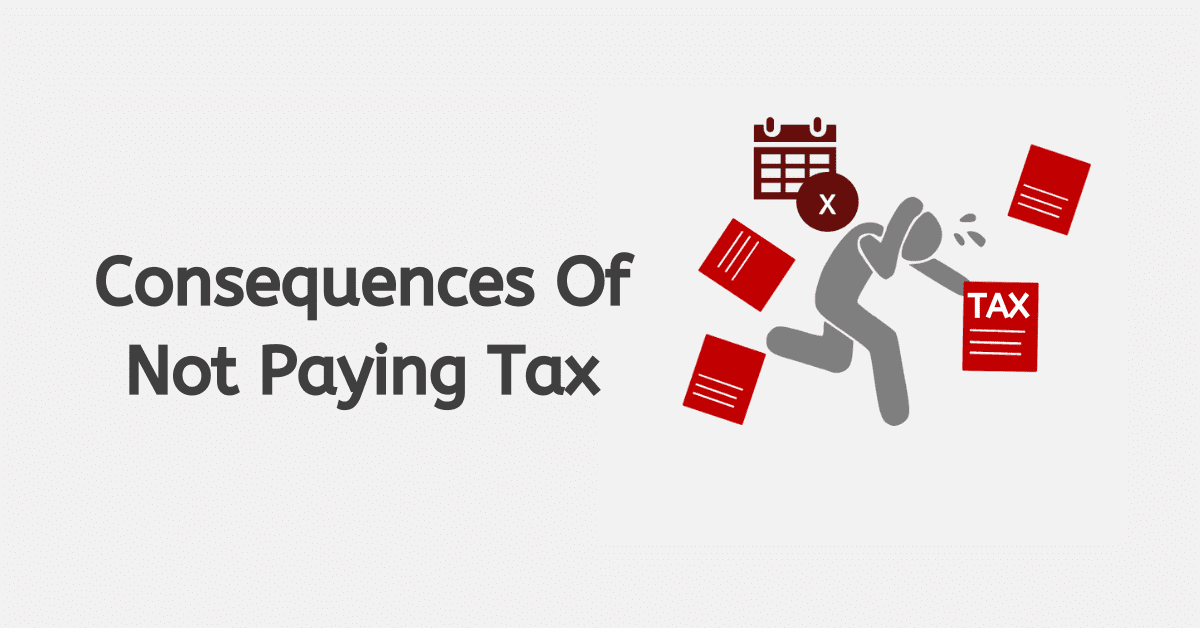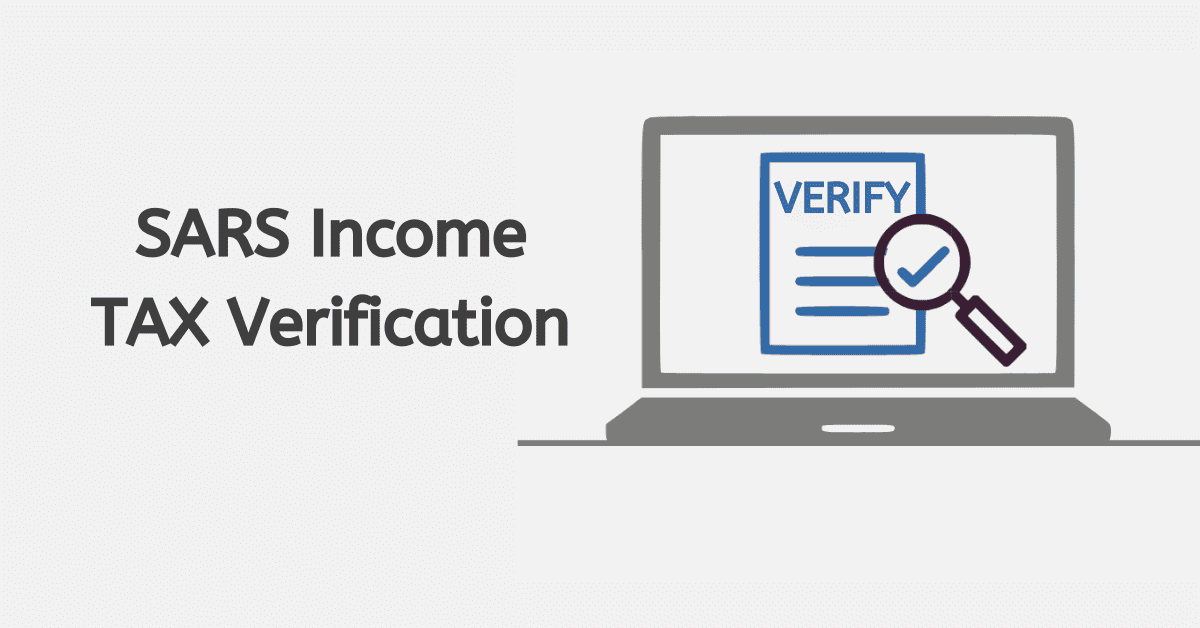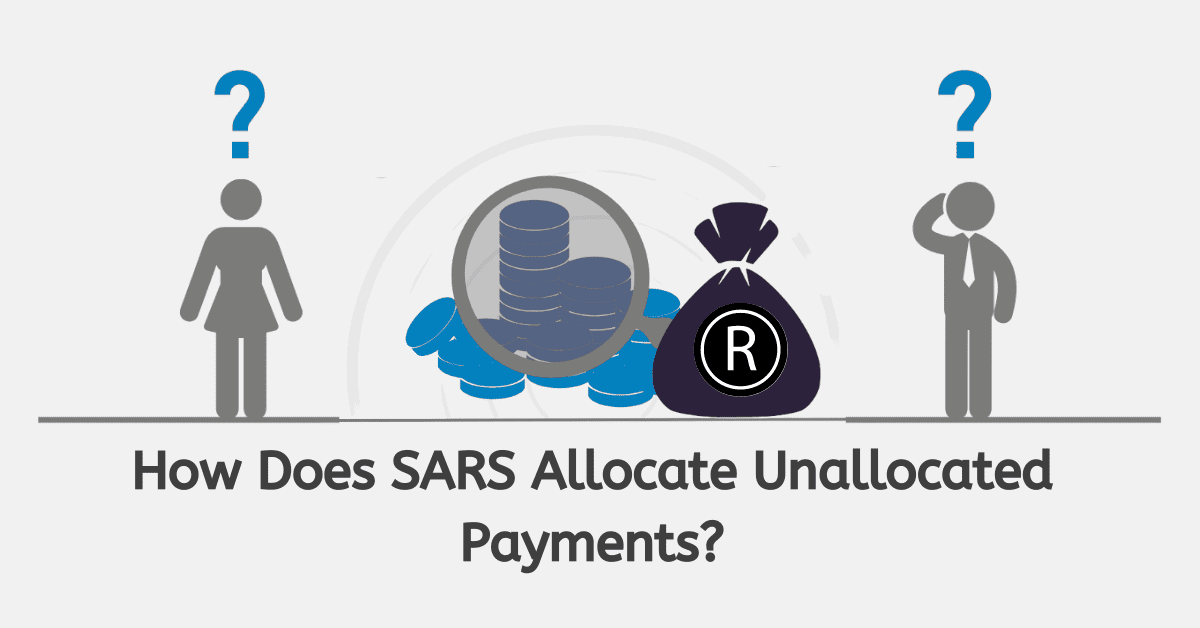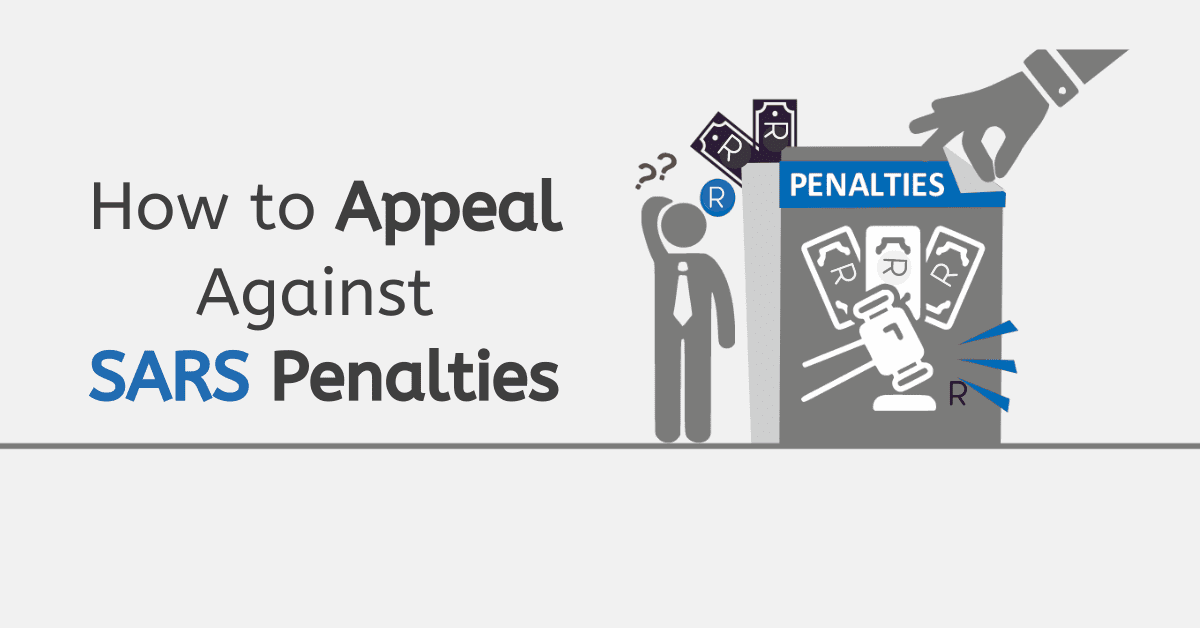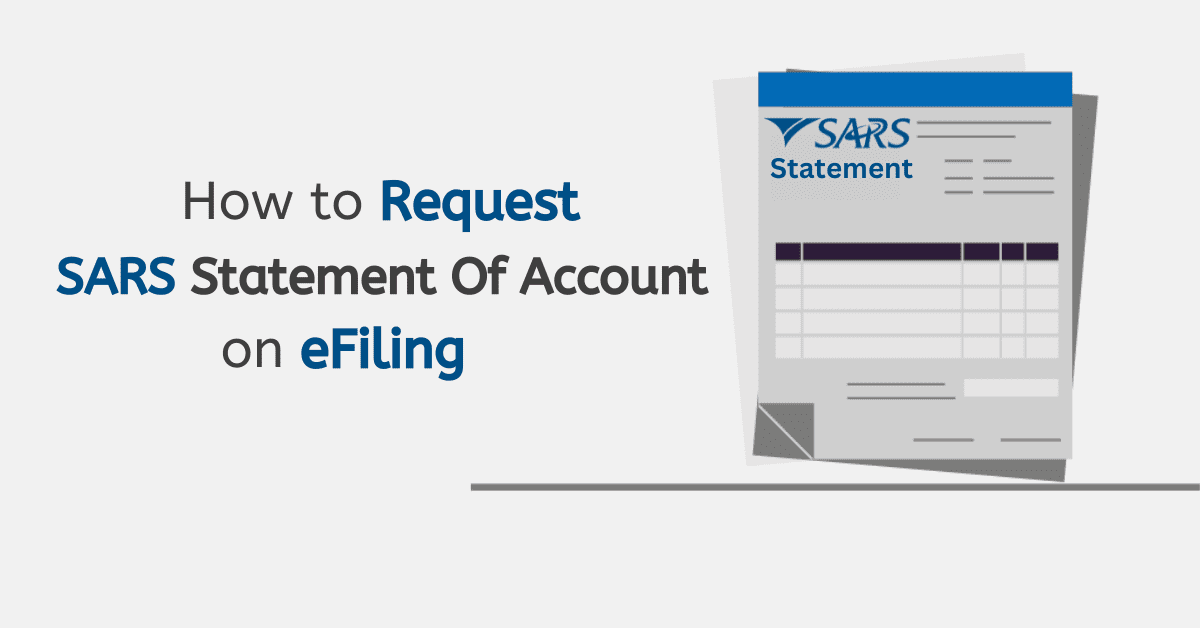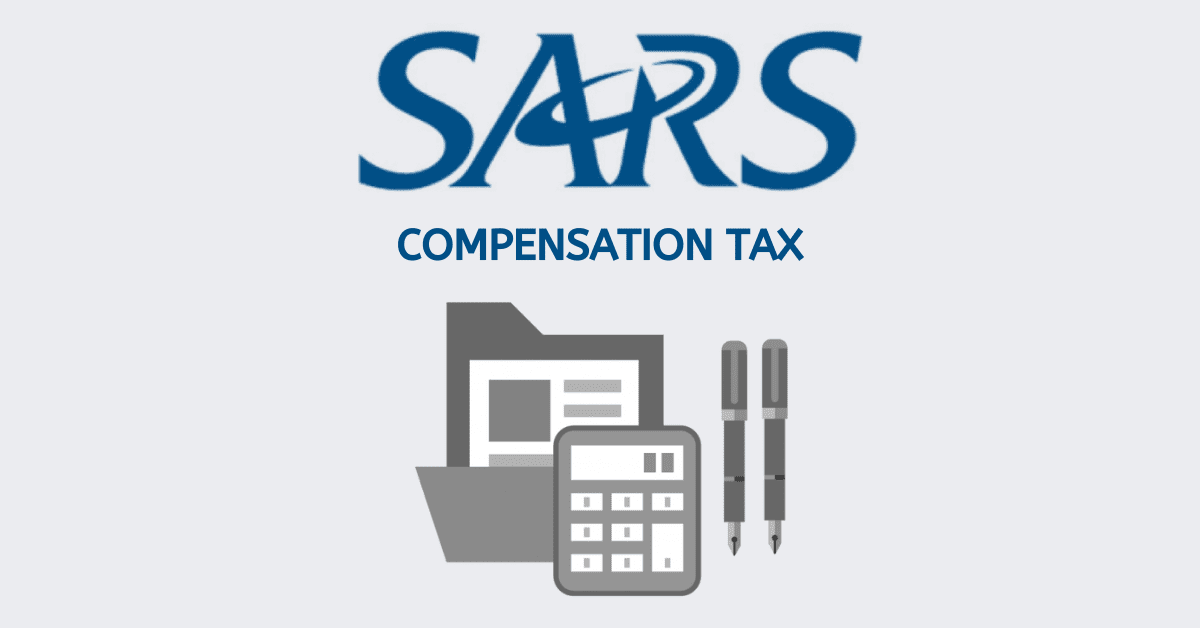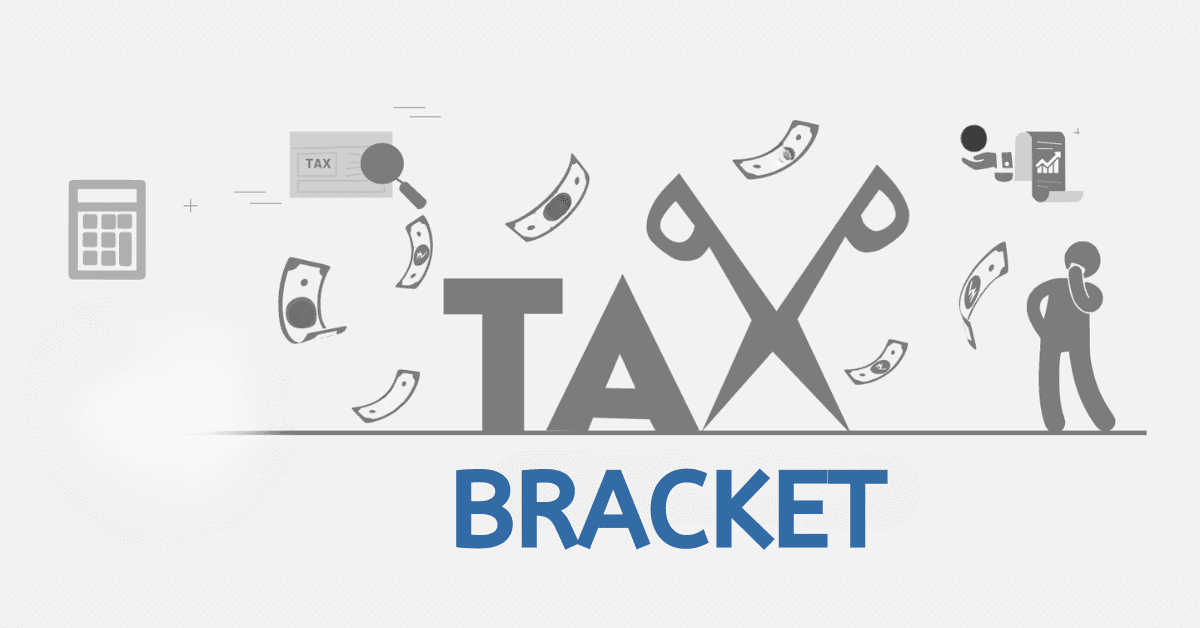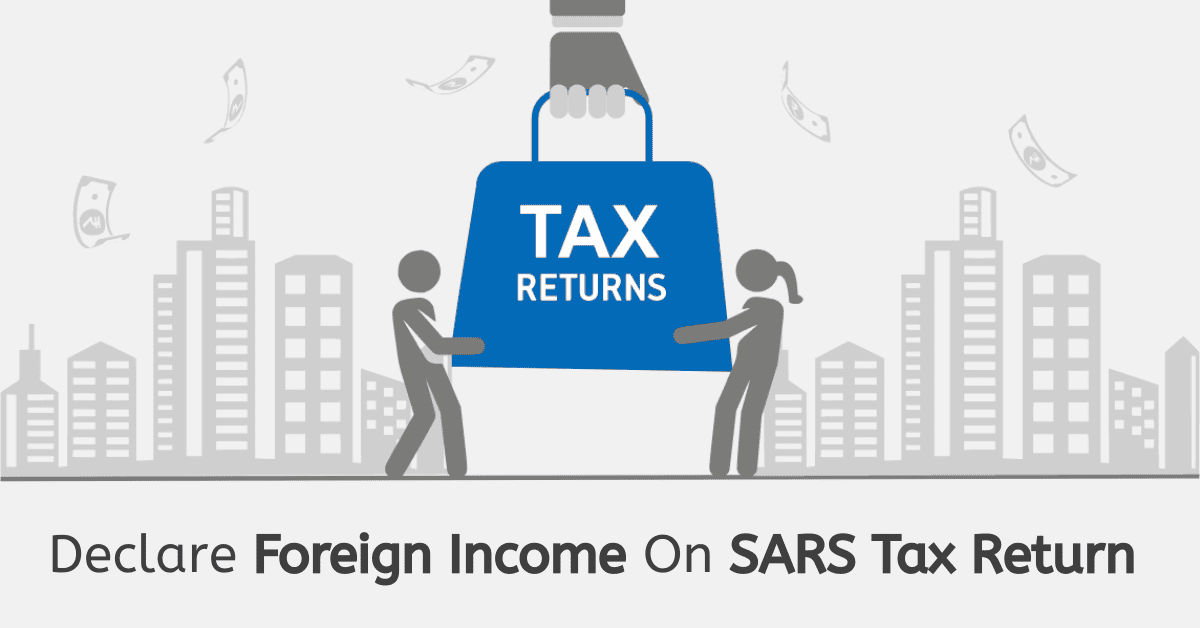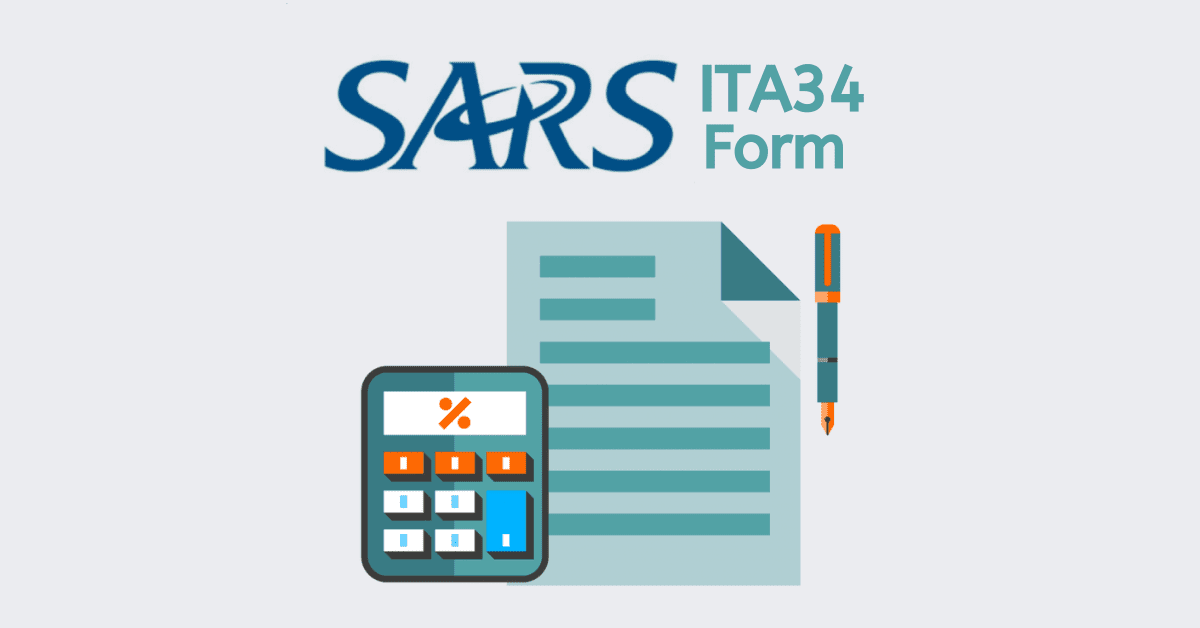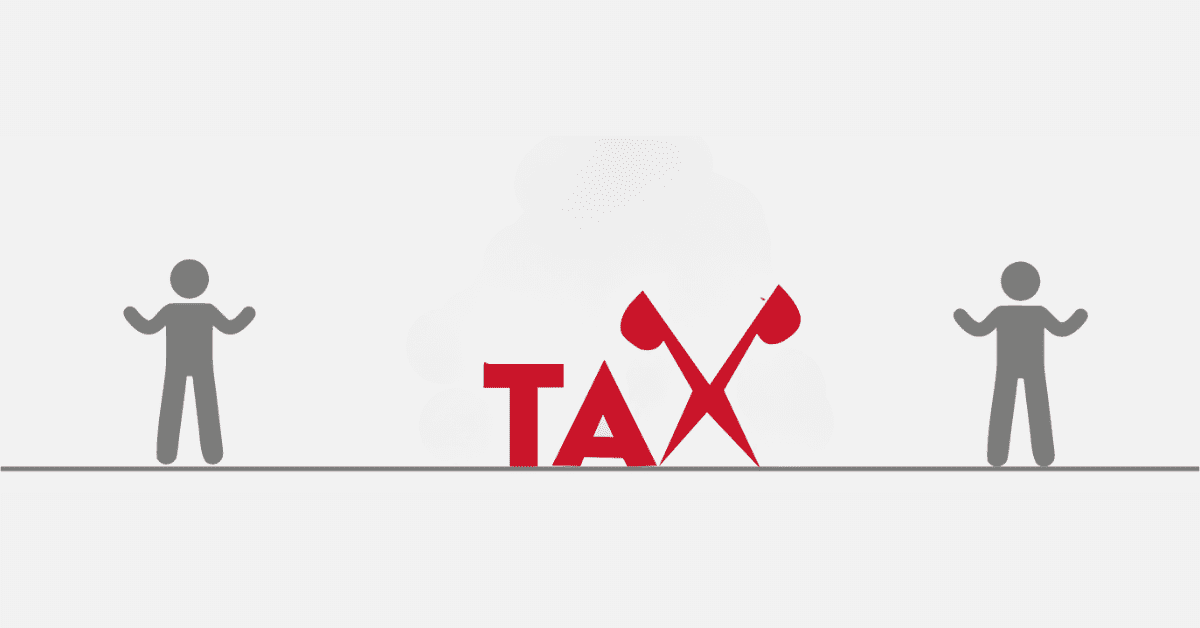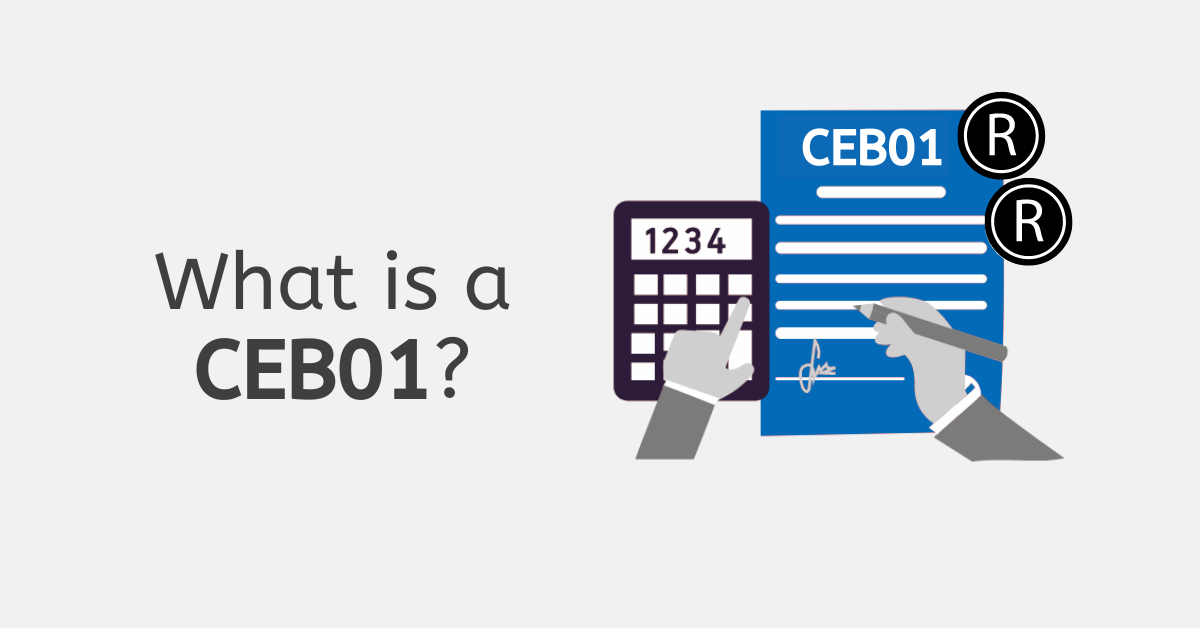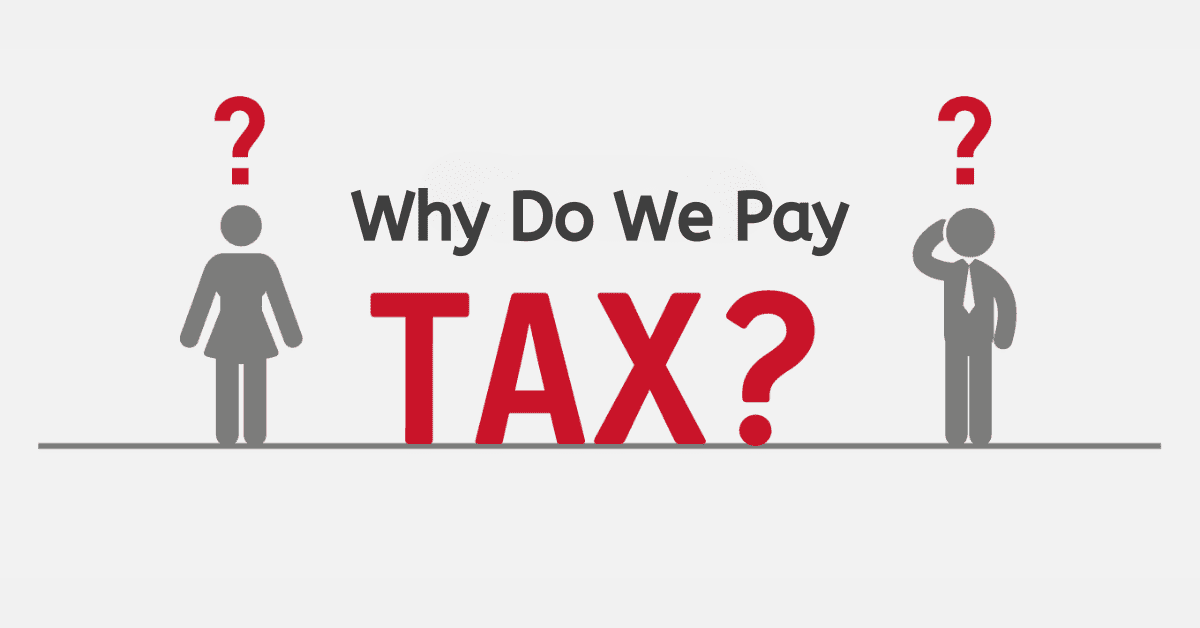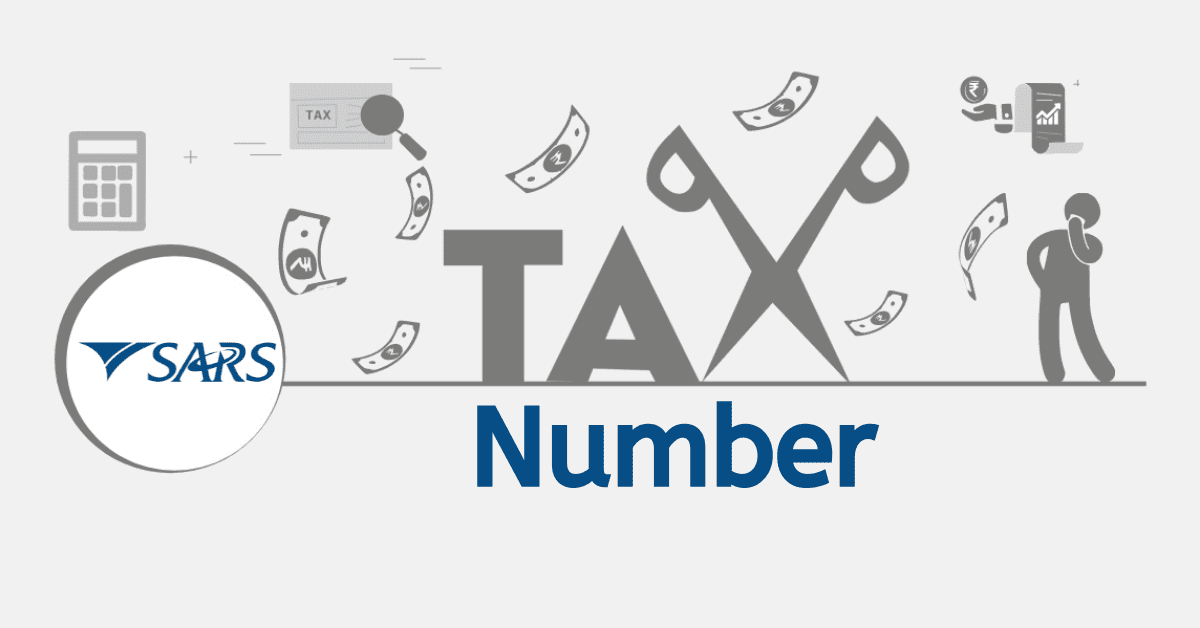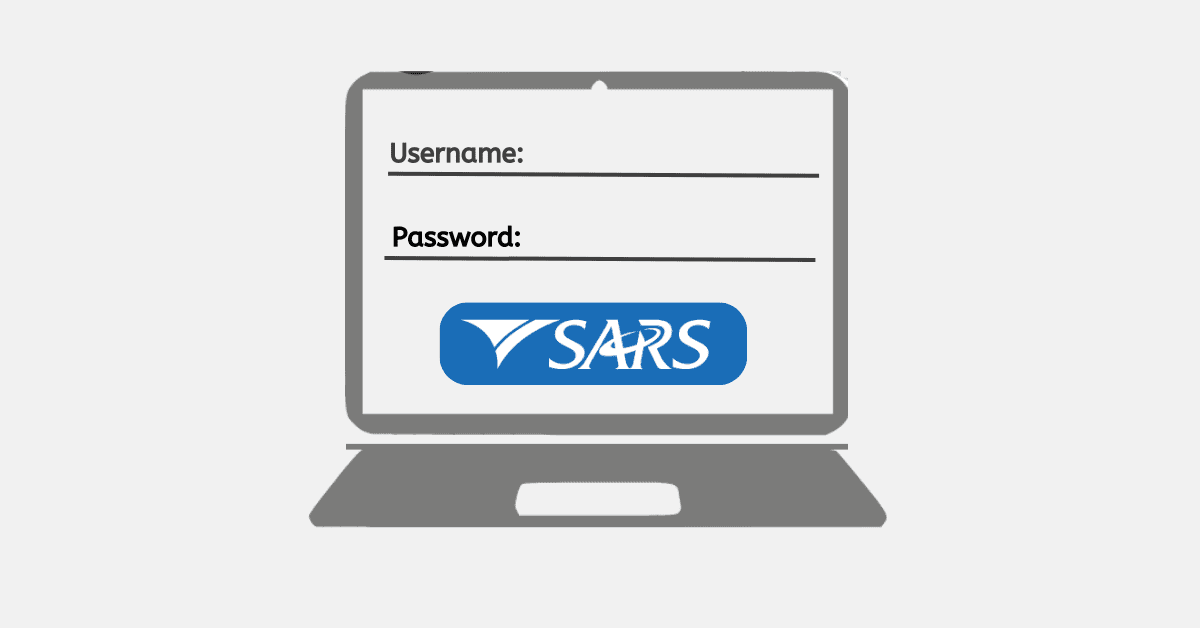If you are a shareholder of a South African-based or foreign company, you will get the shares that are listed on the South African exchange. You are liable for Dividends Tax once you get your dividend as a shareholder. However, there are certain measures you should take when declaring your dividends. Read on to learn how to declare dividends on eFiling.
How Do I Declare Dividends on Efiling?
The relevant withholding agent withholds and pays the tax dividend to SARS. They should provide you with the undertaking and declaration forms if you want to qualify for reduced rates or exemptions. You should send the completed form to the withholding agent for exemption.
Once you are registered for eFiling, the System asks you the taxes you want to register for, so you must tick the Dividends Tax. There are mainly two forms you should complete in the Dividends’ Tax Process. These forms include the DTR01, used to declare the dividend, and the DTR02, which you will use to confirm your dividend.
Do I Need to File a Tax Return if I Receive Dividends?
When you receive dividends, you have to file a tax return. Dividends come in the form of cash from the distributions of profits paid to the shareholders by the corporation. Dividends can also be distributed in the form of stock options, stocks, property, debt payments, or other services.
If you receive dividends during a specific tax year, you will get a Form 1099-DIV showing the cash you get from financial institutions and the taxes withheld. You can get your dividends monthly, quarterly, or yearly. Your dividends are taxable, and you must pay taxes when you file your tax return. When you report your dividends on your 2026 Tax Return, the eFile app helps input your information and handles other complicated math.
There are mainly two types of dividends, and these are taxed differently. The most common types include ordinary dividends, which are paid from the earnings of a particular corporation. Ordinary dividends are usually paid from common or preferred stock and are taxed as ordinary income. Depending on your income, you will be expected to pay taxes for your dividends at the regular income tax rate, ranging from 10% to 37%.
Qualified dividends belong to the category where they are taxed as capital gains. Depending on your tax bracket, these dividends are taxed at 0%, 15%, or 20% rates. From the amount you receive as dividends, you must also get a schedule that tells you the number of taxable dividends.
If you receive dividends but do not get any form, you still need to report the dividend income when you file your tax return. Keep track of your dividends using a log or journal to keep everything to date when you file your tax return. Your eFile app can help you prepare your taxes and asks you the information about any dividends you have received to report them properly.
You can also use free tax help tools to determine the tax you should pay on your dividends. The tools will calculate the tax deductions and report your dividends to ensure compliance.
Where Do I Declare Dividends?
The withholding agent withholds the Dividends Tax from the dividend payable to the owner, and the agent pays it to SARS. If the withholding agent fails to pay tax from the dividends, the owner of the dividend remains liable and responsible for paying the dividend tax. However, the only exception where you cannot pay tax is when the dividend includes an asset’s distribution in specie. As a result, the liability of paying tax falls on the company. This means the company will not withhold tax from the dividend payment.
The withholding agent can be a regulated intermediary or company which should pay the tax withheld from dividend owners to SARS. The payments to SARS must be made before the last day of the month after the dividend is paid. All Dividends Tax payments must be accompanied by the DTRo1 and DTR02 returns. Interest and penalties will be applied for late submission of dividends tax returns and payment of dividends tax.
The withholding agent must send the dividend owner all the required undertaking and declaration forms if they wish to qualify for reduced rates or exemptions. However, this provision only applies to foreign residents. The dividend owner must send the completed form to the withholding agent for approval of exemption or reduced rate. Most withholding agents usually incorporate the declaration forms in the account opening process. The beneficial owner should notify the withholding agent if there are any changes in their details.
How Do I Submit a DWT to Efiling?
To submit the DWT to eFiling;
- You should first register your company.
- On the eFiling platform, choose the type of organization and click “returns” followed by “Dividends Tax.”
- Click on the “Submit New Return” tab and choose the tax period from the dropdown list displayed next to the “Request Return” button.
If you have already submitted the DWT;
- Click on “Submitted Return” to make the necessary corrections.
- Click the tab “Request for Correction” then “DWT Returns.” You will get this tab under “Filed Through eFiling.”
- Your information will be prepopulated, and your return will be updated.
You need to generate the data required for eFiling payment to SARS for any liable Dividend Withholding Tax. You need to create your DWT file containing the following information: account number, dividend per share, number of shares, tax withheld, dividend value, and net amount tax details if there are no exemptions.
If you want more information about DWT submission, you can visit the SARS website at www.sars.gov.za or call SARS Contact Center at 080000 (SARS) (7277). You can also visit your SARS nearest branch between 0800 hours and 1700 hours during business days.
If you are a shareholder of a listed corporation, you are entitled to get dividends derived from the company’s profits. Dividend income is taxable, meaning you must declare it when you file your tax return. You can declare your dividends on eFiling, which can handle the entire process.
